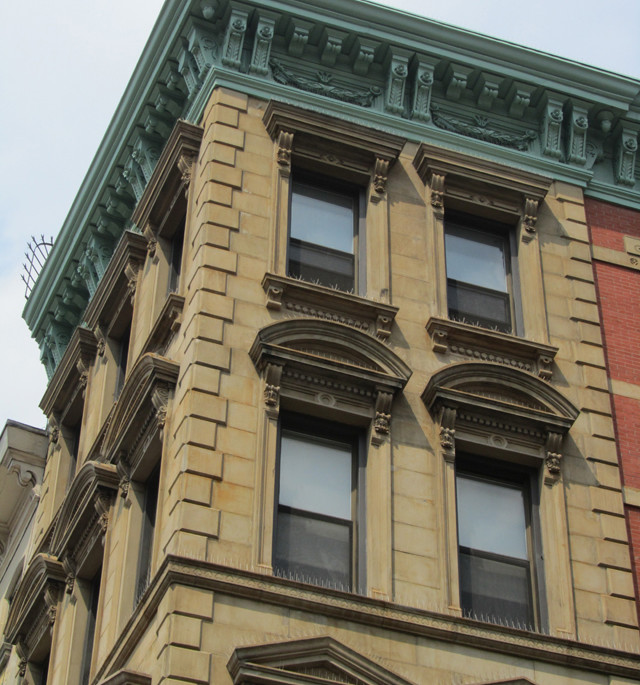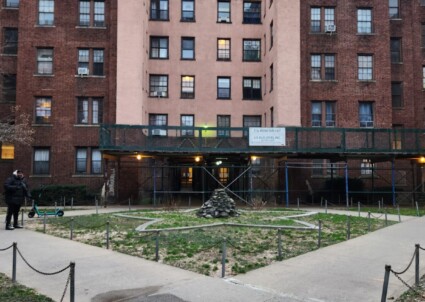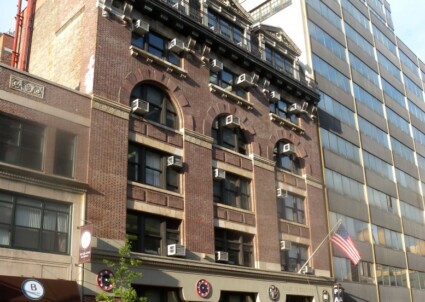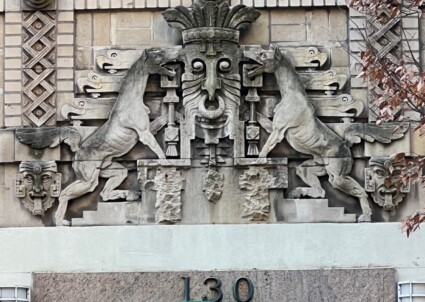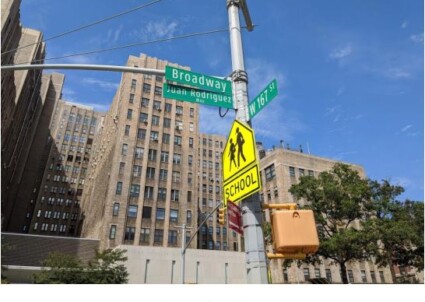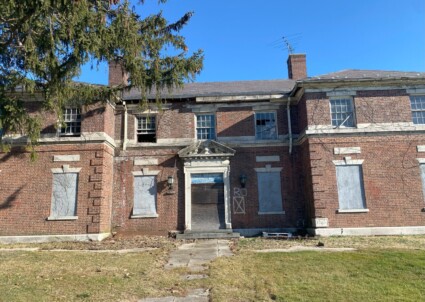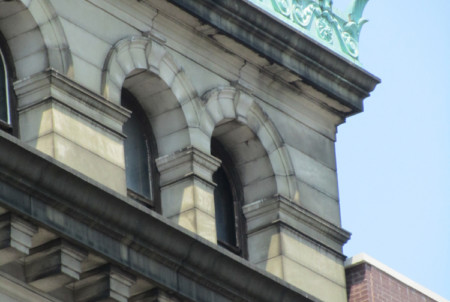The Bowery, Manhattan
The Bowery is one of New York’s most storied streets with a rich and varied past that reflects the hurly-burly history of New York City itself. As Manhattan’s oldest thoroughfare, the Bowery began as a Native American trail and originally extended the length of the island north to south. New York’s early Dutch settlers widened the trail for their own use to connect New Amsterdam at the tip of Manhattan with their farms, or bouweries,
farther north. This “Bouwerie Lane” became simply “Bowery Lane” under the English in 1813 and the name has remained unchanged since.
By the 1830s, the Bowery was mostly developed into single-family Federal-style rowhouses inhabited by New York’s wealthy merchant class. Remarkably, some of these buildings still survive today. Massive immigration to New York beginning in the 1840s led to new residents, and Germans became a large presence just east of the Bowery in an area which became known as Kleindeutschland. Many prestigious institutional buildings from this era survive today on the Bowery and reflect this German presence. As immigration continued to increase in the decades before the Civil War, the upper class who resided in the townhouses moved northward, and the rowhouses were then converted to multiple dwellings and businesses like beer halls and saloons.
By the end of the Civil War, the Bowery had become a primarily commercial area with little new residential development. To accommodate the waves of returning and homeless veterans, the area increasingly became home to flophouses and other types of cheap lodgings. During this period, it also became a major theater and nightlife district, where vaudeville and other popular entertainments were developed. The Third Avenue elevated line opened in 1878 and cast the street into deep shadow, further discouraging new residential development. Regardless, due to prevalence of affordable lodging, at the turn of the 20th century the Bowery was housing more than 25,000 men per night. With this large transient population came a host of social ills and during this period, the Bowery gained a national reputation as a “Skid Row” and a “Thieves’ Highway.”
The area upheld this reputation until the Second World War, when the draft depopulated the area. The G.I. Bill and other social programs of the post-war era greatly reduced homelessness and the seemingly permanent transient population of the Bowery never returned to its early 20th-century peak. The street developed into a thriving light fixture and restaurant equipment district, although many of those businesses have recently closed in the face of new hotel and commercial development.
The Bowery remains an architecturally rich area with a unique mix of Federal-style rowhouses, grand institutional buildings, tenements and commercial loft buildings, each type speaking to a different era in the boulevard’s storied history. Many of these buildings were spared because the elevated rail line, which was removed in the 1950s, deterred speculative development for decades. In recent years, however, new large-scale development has increased and is putting the built heritage of the Bowery greatly at risk.
